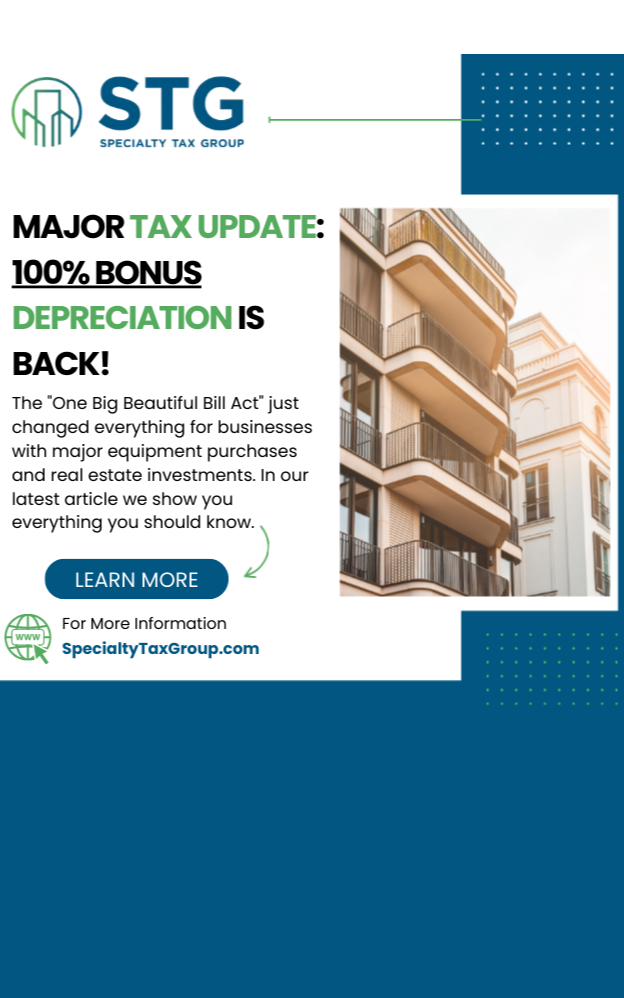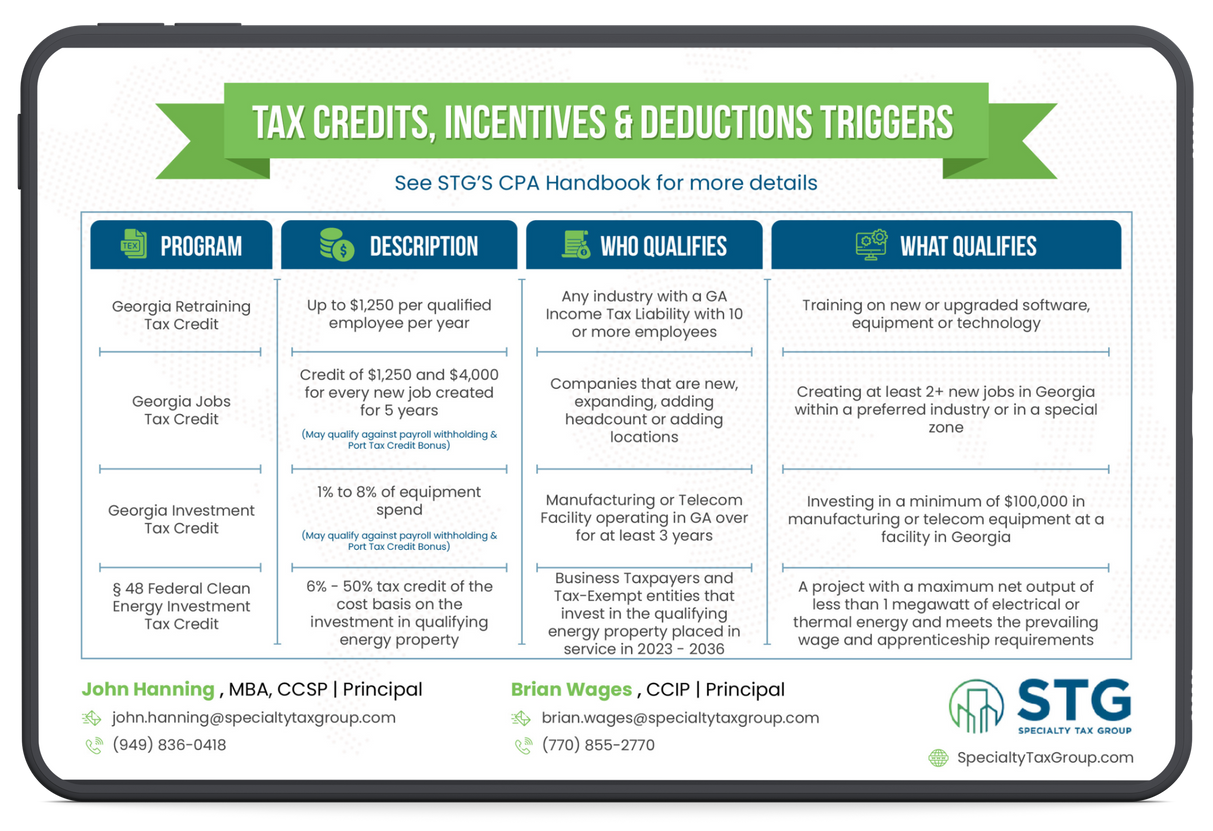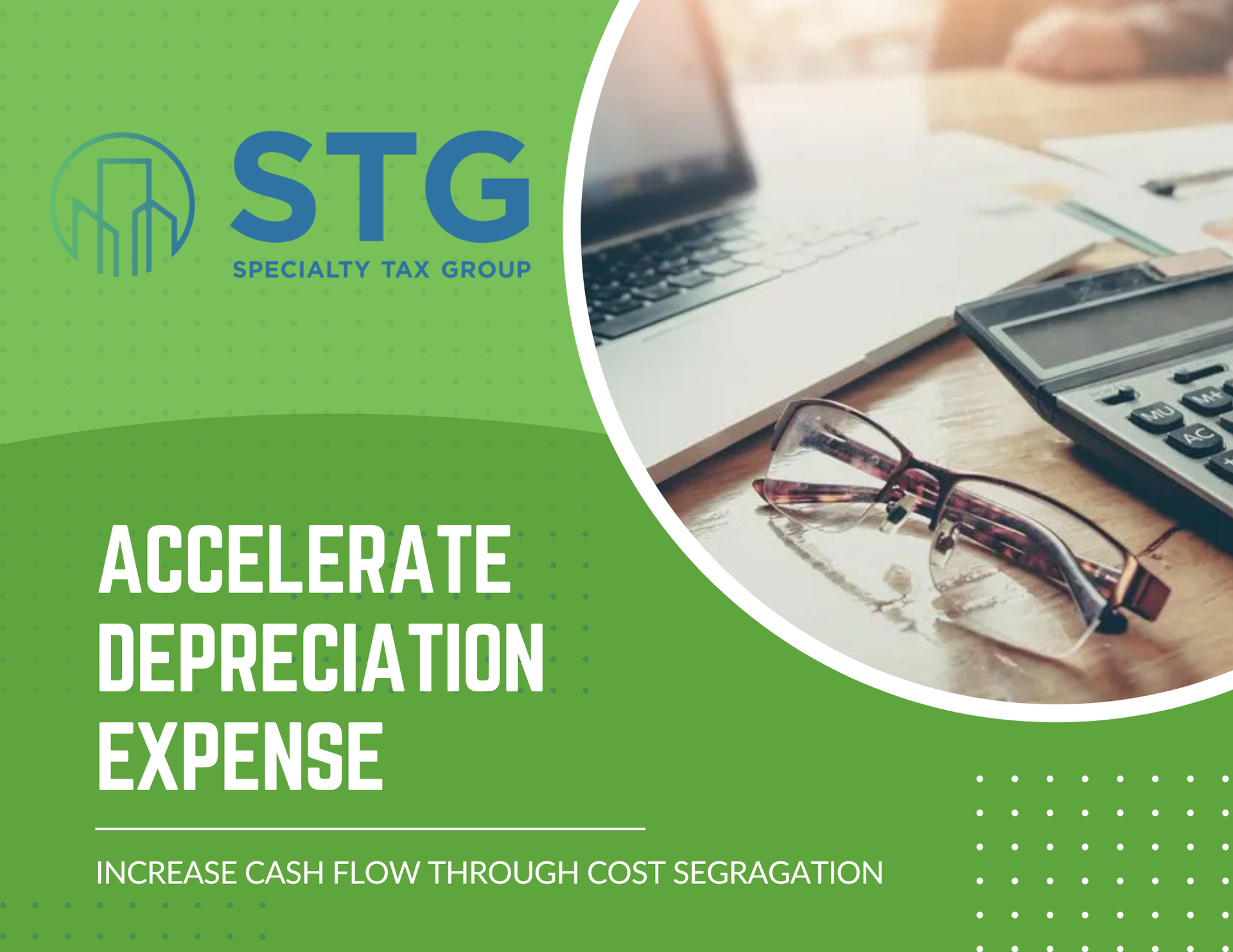This blog post has been researched, edited, and approved by John Hanning and Brian Wages. Join our newsletter below.

A key reason to invest in multi-family homes or apartment buildings is to grow cash flow and maximize profits. Experienced real estate investors also use these investments to increase tax deductions and lower their tax bills. One popular tax strategy is a cost segregation study. This tax tool reclassifies parts of the property to allow faster depreciation deductions, which reduces taxable income.
Understanding Cost Segregation
Depreciation is a way to account for the cost of an asset against its life expectancy. It is represented in how much of the asset's value is used over time and normal wear and tear. For real estate properties, most residential properties are depreciated over 27.5 years, while commercial properties depreciate over 39 years. Straight-line depreciation is used in real estate, where the asset or property is depreciated over the allotted time.
Cost segregation allows owners to take advantage of bonus depreciation, enabling investors to take deductions over 5, 7, and 15-year periods to help greatly increase their cash flow. A cost segregation study must be conducted for investors to take these deductions over an accelerated period.
Important Update: The bonus depreciation allowed for qualifying assets is set to phase down from 100% after December 31, 2022. For property placed in service in calendar years beginning after 2022, the bonus depreciation rates are as follows:
- 80% for property placed in service in 2023
- 60% for property placed in service in 2024
- 40% for property placed in service in 2025
- 20% for property placed in service in 2026
Bonus depreciation is set to be completely phased out starting in 2027 unless legislative changes are made.
How Cost Segregation Study Works
Cost segregation studies involve physical inspections of property and reclassifications of aspects of the property and are usually conducted by engineering firms. The justification of cost segregation by the IRS is due to the belief and understanding that certain parts of buildings can depreciate faster than others, and investors and owners should be able to take deductions at an accelerated rate. With cost segregation, the depreciation only counts towards the building and not the land the building is on.
A cost segregation study can be performed retroactively on buildings that have been purchased, remodeled, or expanded since 1987. These “look-back” studies allow investors to reduce their income taxes by allowing them to take the entire depreciation value in the year the study is conducted rather than the 5-, 7-, or 15-year depreciation term.
The best time to conduct a cost segregation study is when the building is first purchased and/or in the year it is remodeled or constructed. Cost segregation studies can have a significant upfront cost and are usually beneficial to commercial real estate investors and rental property owners that can benefit from a reduction in taxes.
Benefits of a Cost Segregation Study
One benefit of a cost segregation study is that it allows property owners and investors to decrease their taxes over the years. There are a numerous other benefits, including:
- When an asset is damaged or destroyed there is the ability for write-offs.
- By maximizing the timing of the depreciation and deductions, the depreciation expense is accelerated and releases more cash in hand for the investor.
- An appropriately conducted cost segregation study can help provide the IRS with asset and cost classifications, which help resolve and prevent audit inquiries by the IRS.
- Future depreciation recapturing is made easier with ongoing annual reports that can help capture and reduce additional tax burdens and decrease future tax costs.
Cost segregation can potentially save property owners up to tens of thousands of dollars in tax savings.
Talk with us today to determine if you could benefit from completing a cost segregation study on your property.
2024 Tax Guide





